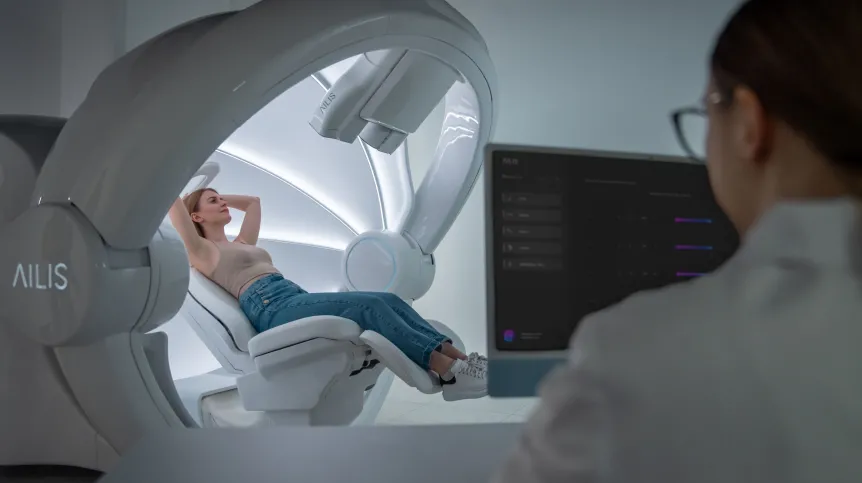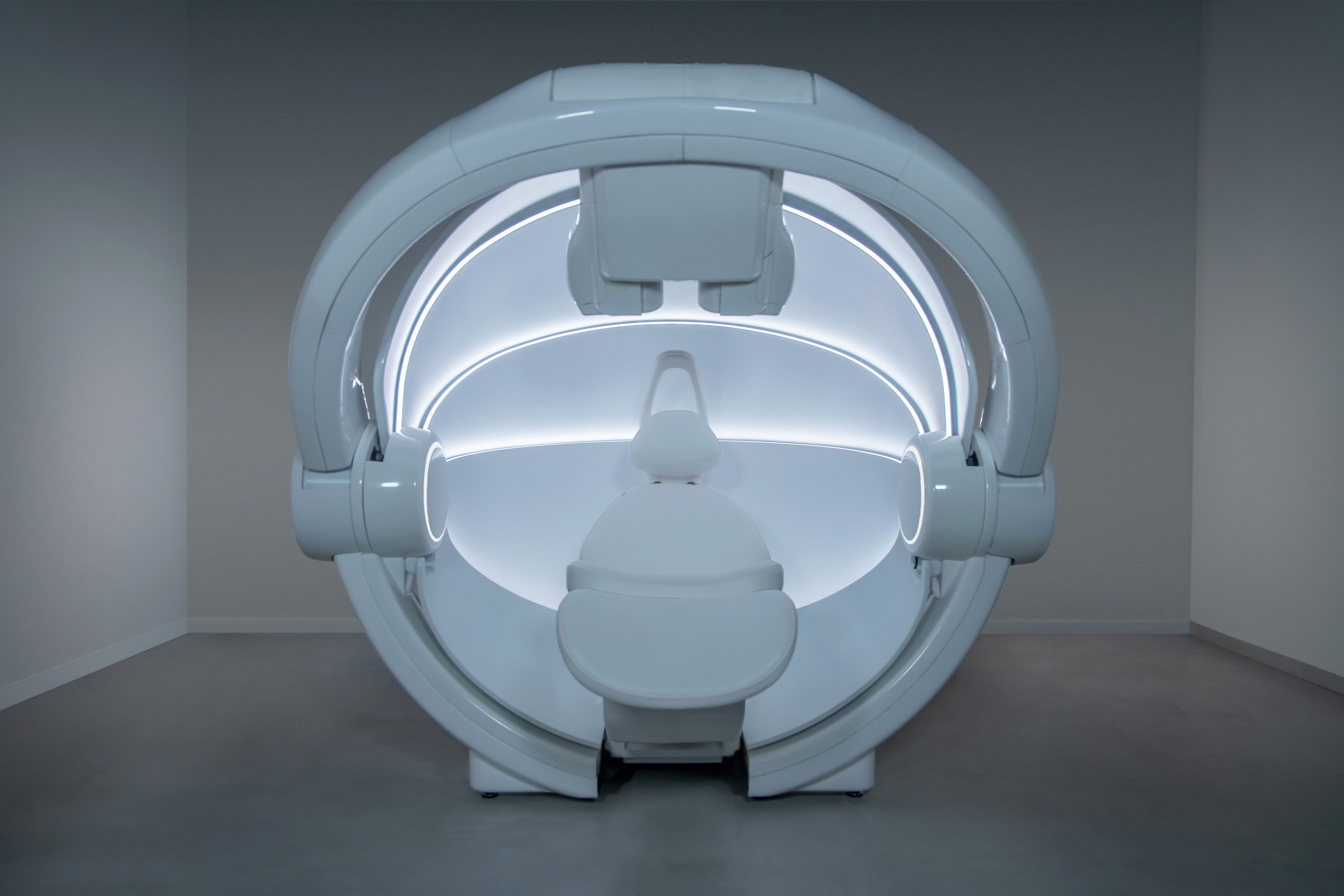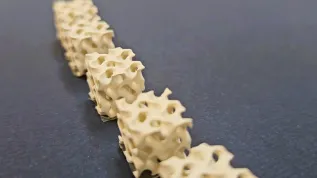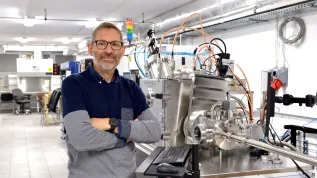
The National Institute of Oncology in Kraków is testing the world's only capsule for imaging breast lesions. The device uses artificial intelligence and - as its creators and doctors report - has the potential to contribute to faster, better cancer diagnostics.
The innovative system is in the first stage of clinical evaluation. 'If the project passes the next stages of testing successfully, Poland will undoubtedly become a leader in the field of early detection of breast cancer using artificial intelligence', says Dr. Katarzyna Chrobak-Kasprzyk from the Kraków Institute of Oncology.
The originator and initiator of the research project, Michał Matuszewski, says that 'this is the only device of its kind in the world'. However, the examination does not replace traditional methods, such as mammography or ultrasound. According to specialists, it may be the first stage, preceding traditional examination methods, in diagnosing breast lesions.
Work on the device took eight years. The system, created by the Krakow startup AILIS with the support of scientists, oncologists and artificial intelligence specialists, has been used to examine 1,500 healthy women. Now, about 300 women with suspected cancerous lesions are waiting for the examination.
This medical experiment is not only intended to help in the early detection of breast diseases, it also trains artificial intelligence in conducting and summarising such examinations. Women who agree to take part in the project also have the opportunity to undergo examinations using traditional methods, such as ultrasound or mammography. The stage of clinical evaluation of the equipment will last at least a year and if it ends in success, the new examination system will be introduced to the market, first in Poland and then abroad. 'The first results of the usability evaluation of the device are very promising', Chrobak-Kasprzyk says.
The device creators and doctors say that the examination is safe, non-invasive, painless and non-contact. Its advantages include the lack of ionising radiation, the speed of the procedure and the result within 10 minutes of leaving the device. The method also reduces the need for medical personnel - the test result can be consulted remotely with a radiologist.
During the examination, the patient sits in a comfortable chair, and the device, after selecting her weight and height parameters, applies the appropriate position for the examination, and then performs 21,000 measurements in four minutes. A medical operator is present during the examination.
'The examination with the prototype device that we have is particularly useful in the case of young women with dense breast structure. We are looking for such women because 27% of newly detected cancers concern women under 50', says Dr. Chrobak-Kasprzyk.
The device operates based on the proprietary Parametric Dynamic Imaging method and uses highly advanced artificial intelligence algorithms. 'When examining breasts without contact and without radiation, the device performs 21,000 measurements, thus collecting information about how the examined tissue is functioning. It allows us to distinguish an area of increased activity from the normal background. Most breast cancers are characterized by such increased activity visible in PDI due to increased metabolism and blood perfusion', says the project co-creator, Dr. Mateusz Moderhak.

He adds that mammography and resonance can image the visible structure of the tumour, not its functioning. The examination in the device enables the imaging of the examined tissue functioning, where an anomaly may appear before the tumour structure becomes visible. 'That is why we can say that we see cancer earlier than other methods', the scientist says.
The creators of the new system say that in the future it will be expanded to include the function of a digital assistant, which will monitor the health of the breasts, recommend tests and analyse the risk of breast cancer based on the patient's individual parameters. The patient will sign up for the examination in an application, which will select the appropriate date and recommend regular self-examinations. The system will handle the process from the moment of patient registration to completing a medical interview, examination in the device, formulating recommendations and planning the course of action and subsequent examinations.
Breast cancer is one of the most serious health threats to women in Poland. Every day, 58 Polish women are diagnosed with breast cancer, and 17 others die from it. The rate of breast cancer detection in Poland in the early stages is 41%, one of the lowest in Europe. According to information provided at the press conference, the breast cancer mortality rate in Poland is the highest in the European Union. (PAP)
PAP - Science in Poland, Beata Kołodziej
bko/ zan/ kap/
tr. RL













